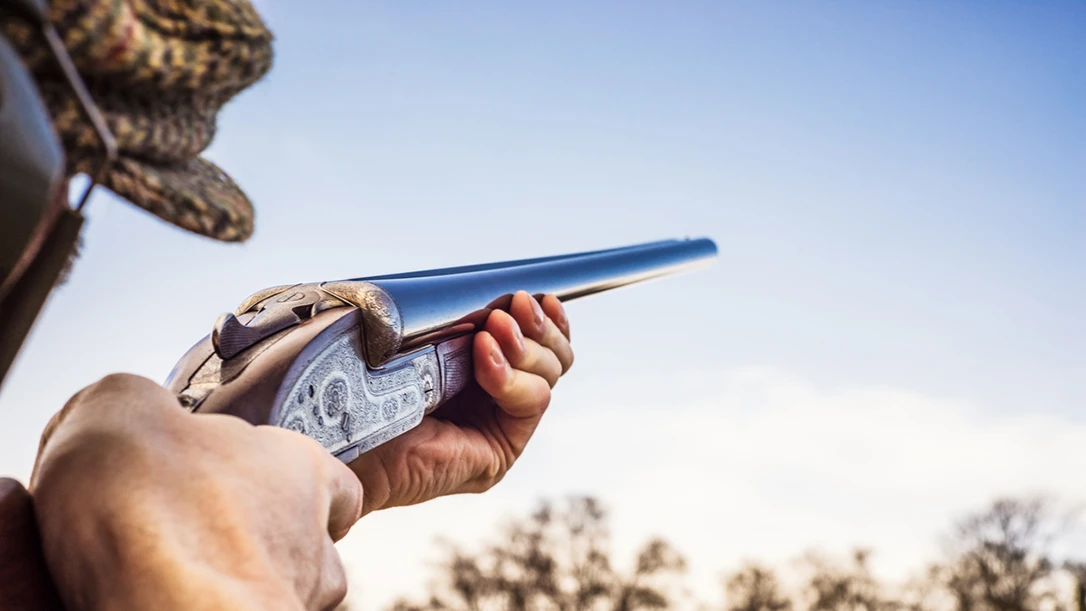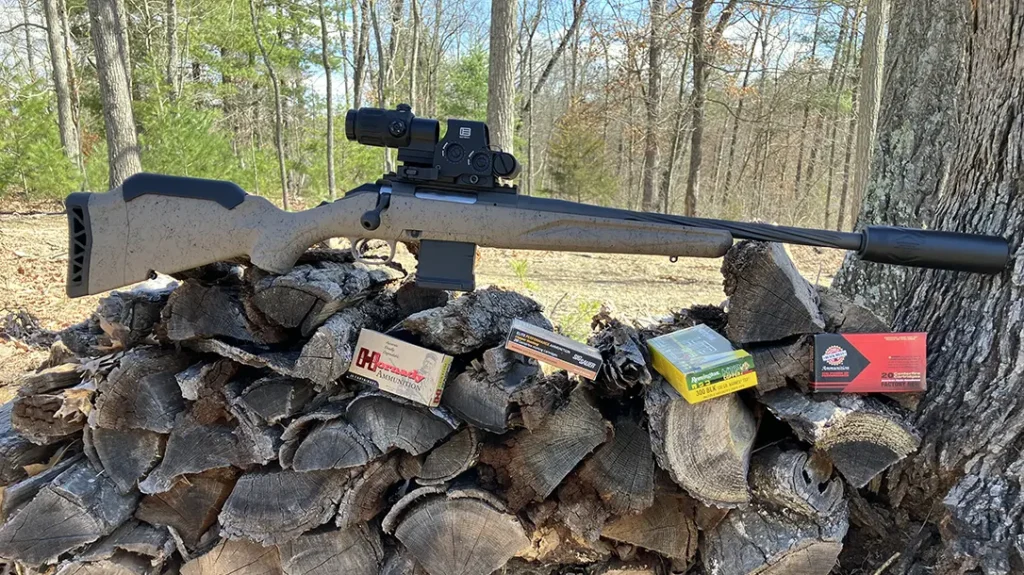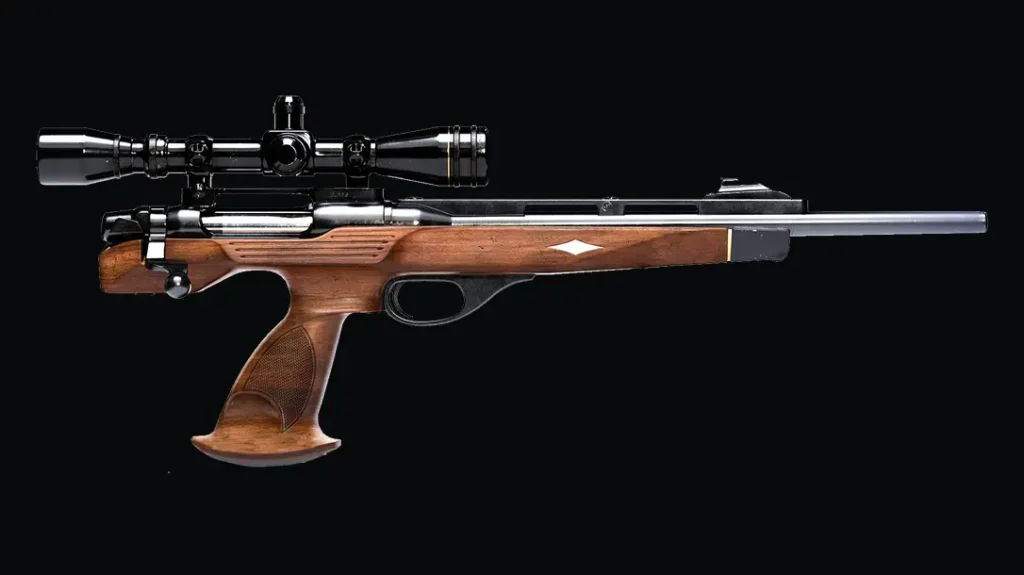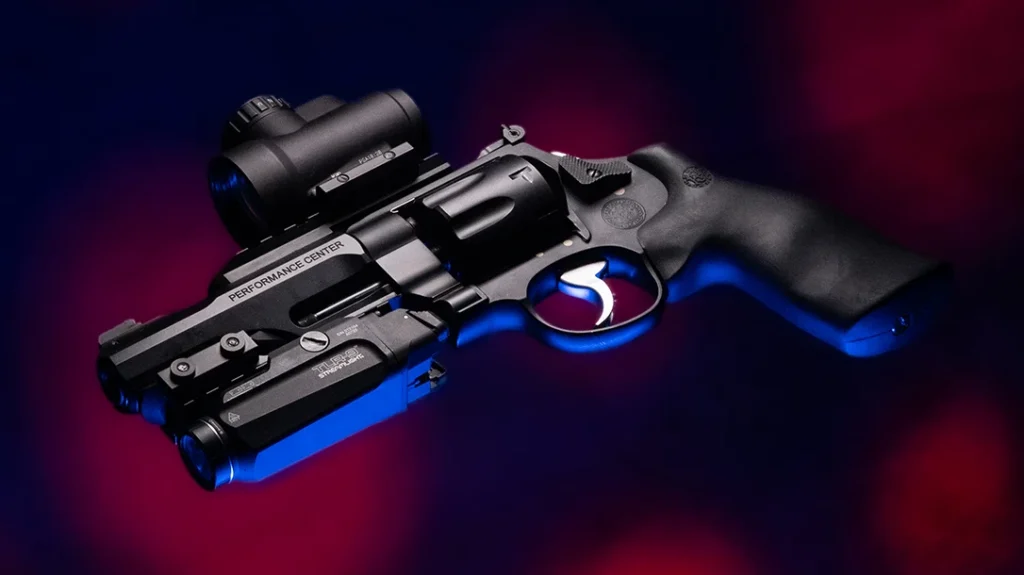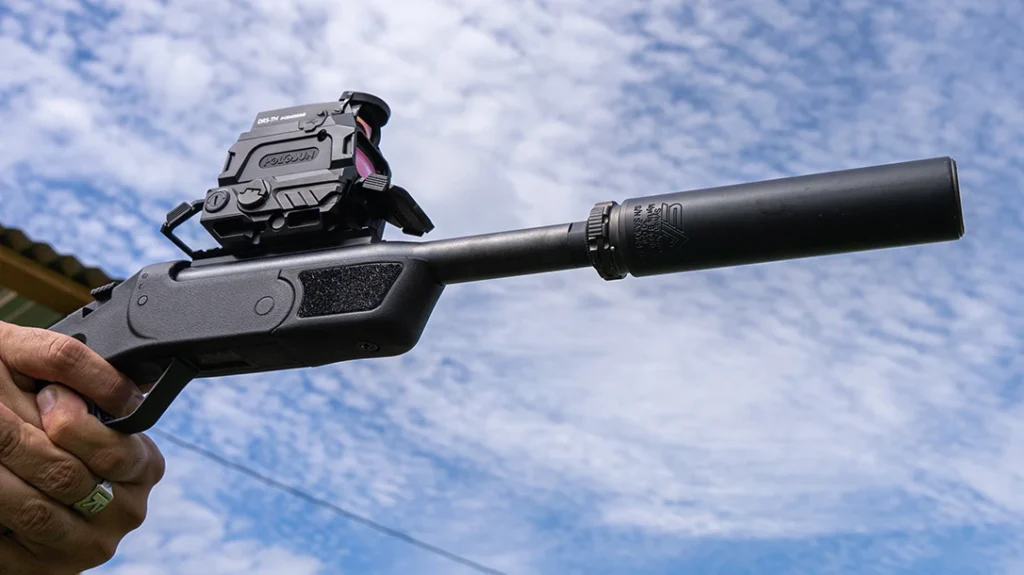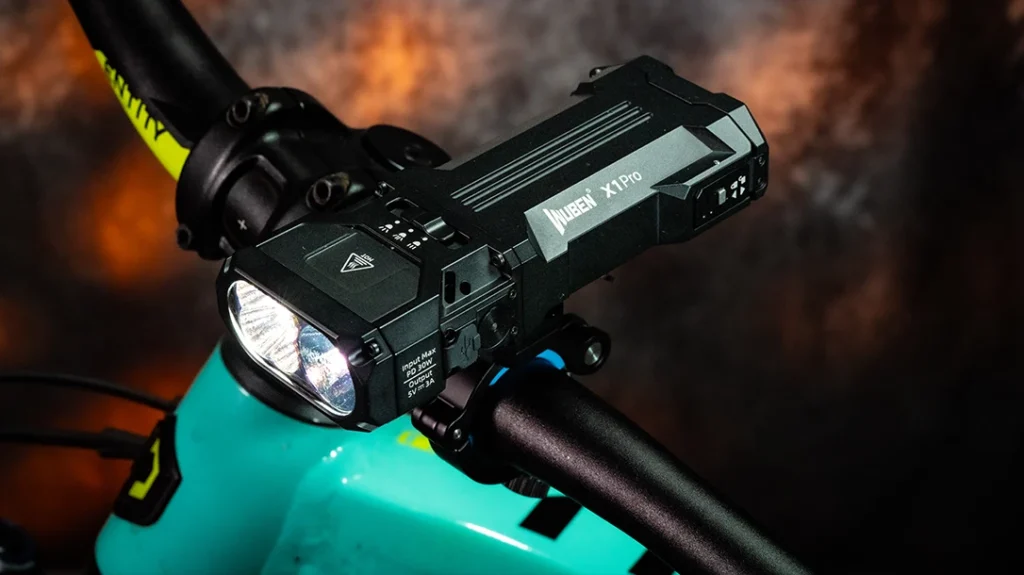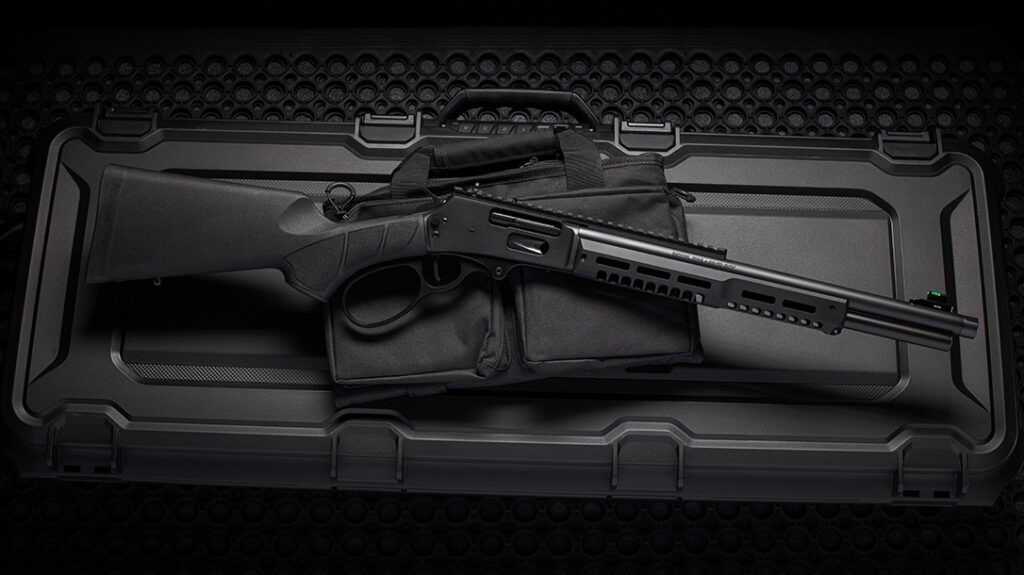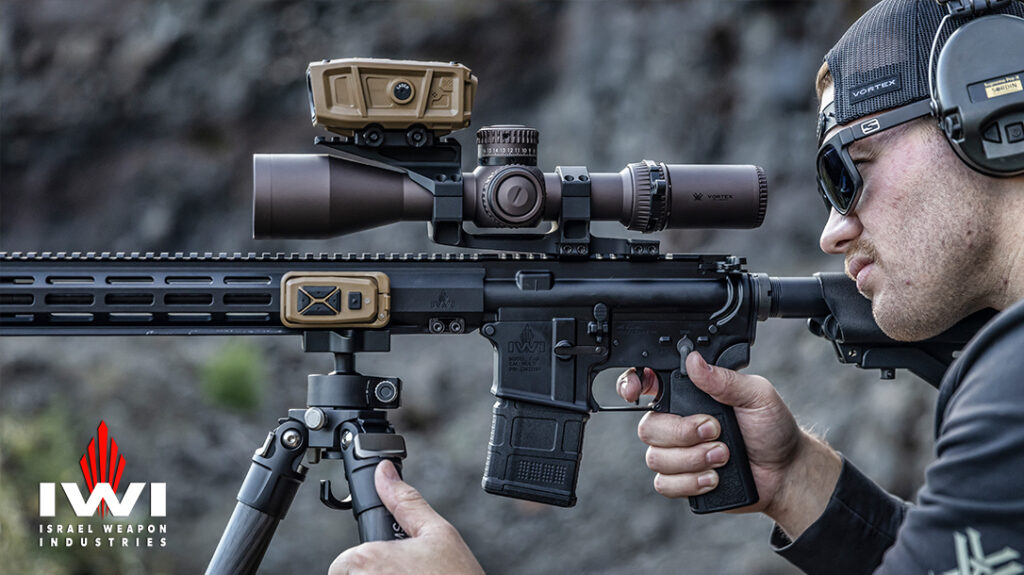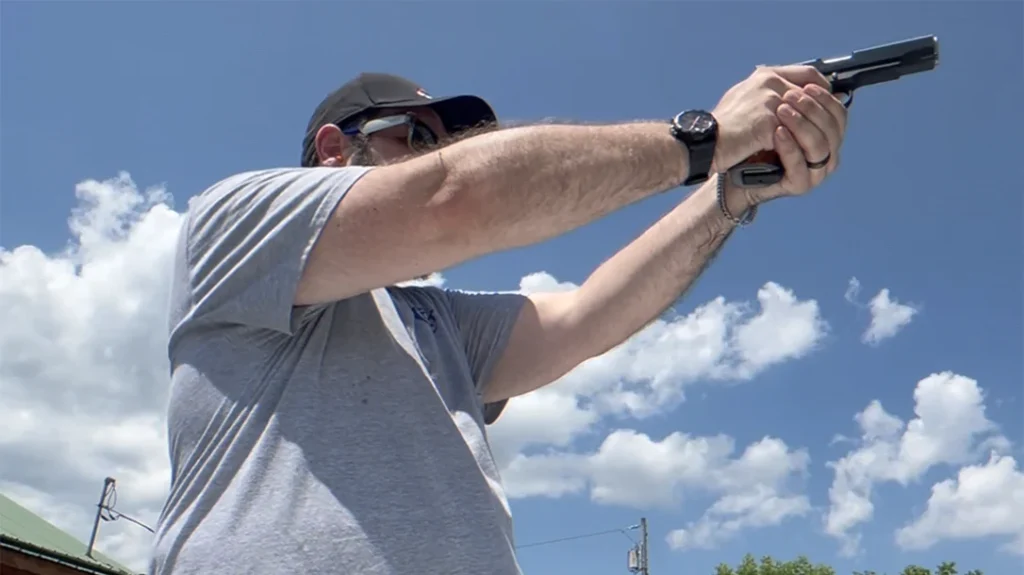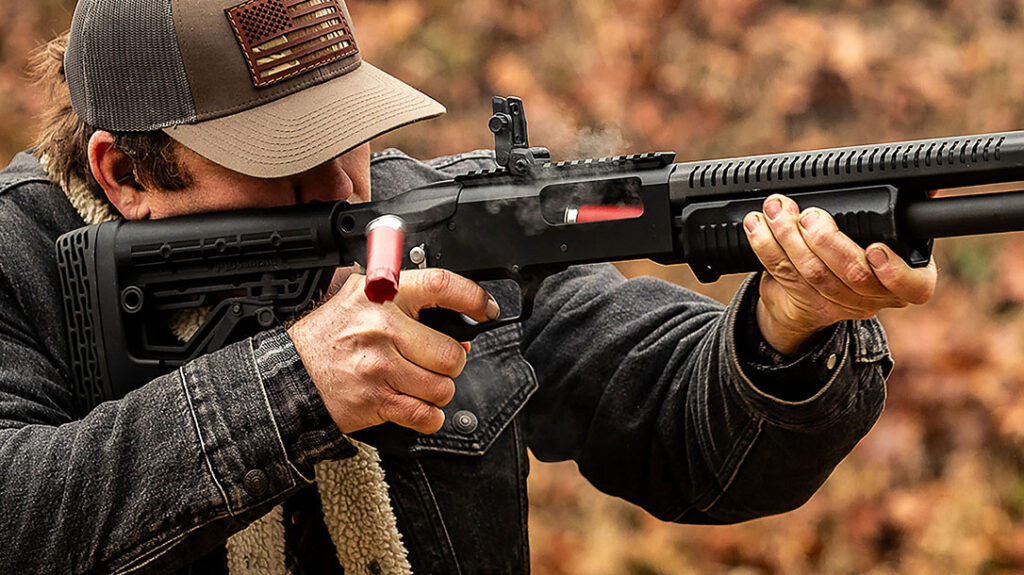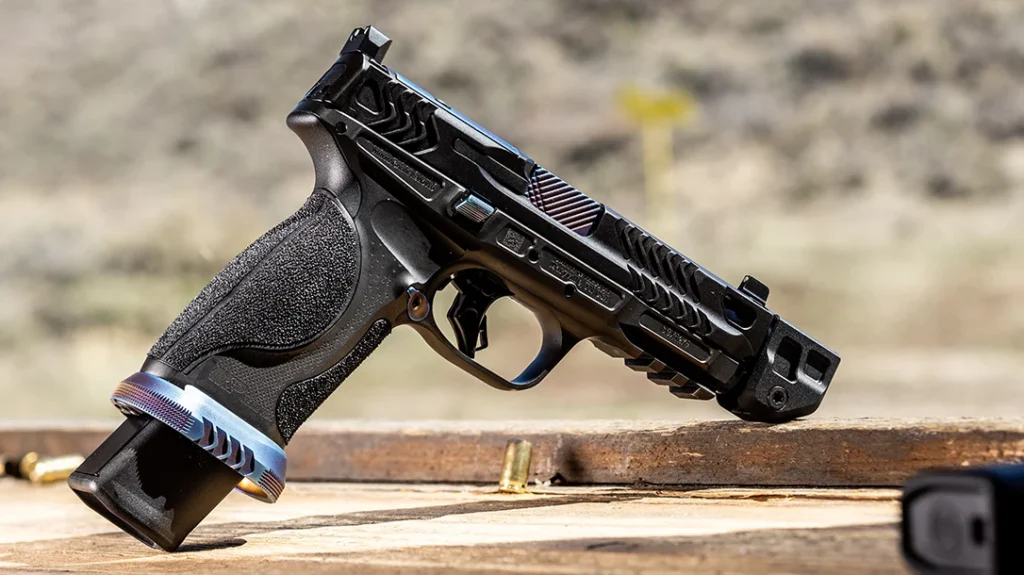Whether used for home defense, recreational use or competition, shotguns are a tool that serve many different purposes and are available in a variety of different types. Semi-automatic, pump action and break action are three common shotguns that each have their own set of strengths and weaknesses. To help find the best firearm that fits your shooting goals, let’s unpack what makes each operating system unique in this Shooting 101: Shotguns.
What are Semi-Automatic Shotguns?
Semi-automatic shotguns are designed to automatically cycle the action, eject the shell and load a new one, requiring a shooter to individually squeeze the trigger after each shot. These shotguns operate either gas or inertia driven systems.
Once a gas operating shotgun has been fired, the burning gunpowder from the primer creates expanding gases. These gases push against the firearms piston which in turn drives the bolt backwards. This movement ejects a spent shell and chamber a new one.
Advertisement — Continue Reading Below

Inertia driven shotguns rely on the recoil to cycle the action, eject and load a shell. Once a shell has been fired, the force of recoil causes a spring inside the bolt to compress. This pressure results in the bolt being pushed rearward which ejects a spent shell and loads a new shell into the chamber.
What are Pump Action Shotguns?

Advertisement — Continue Reading Below
Pump action shotguns are known for being beginner friendly, reliable and more importantly, fun to shoot for all skill levels. They operate by manually moving the forend to cycle the action. Once the shotgun has been loaded, a shooter will pull the forend rearwards to eject a spent shell and lift a new shell into the receiver. Sliding the forend forward will chamber a new shell, making the shotgun ready to fire.
What are Break Action Shotguns?
Break action shotguns are designed with hinged barrels that break open to expose the breech, allowing a shooter to manually insert a shell into the chamber. To eject a spent shell, break action shotguns can feature either an extractor or ejector.

Advertisement — Continue Reading Below
An extractor will push the spent shell out a little ways to allow the shooter to manually grasp and remove it from the shotgun. On the other hand, an ejector will automatically throw the spent shell out of the shotgun once the action is open. Three available break action types available are single shot, double barrel and over/under.
Single shot shotguns feature one barrel while double barre are designed with two barrels mounted side by side. Over and under break action shotguns feature two barrels mounted on top of one another.
Purpose
When selecting a firearm action, one factor that is important to consider is the specific purpose you will be using your tool for. Do you need a reliable home defense option? Maybe you need a shotgun that can be used for competition or want something simple for recreational shooting.
Advertisement — Continue Reading Below
Semi-automatic shotguns are designed to be autoloading which makes them equipped to produce faster follow up shots. This makes semi-auto shotguns great to use for home defense and hunting purposes. They also are easy to manage and made to have reduced recoil, making them a strong choice for clay shooting.
Pump action shotguns are favored for their simple design, meaning they are less likely to malfunction while shooting. This feature makes them beneficial to use for activities such as hunting, home defense and recreational use.
Break action shotguns are compact and able to quickly load and unload, making them a great option for upland bird hunting. Due to their user-friendly design and accuracy abilities, many shooters utilize this action type for clay target shooting.
Advertisement — Continue Reading Below
Recoil
Out of the three shotgun types, semi auto shotguns are known for having limited recoil due to how autoloading firearms operate. Rather than project the energy of the kickback into the shooter’s hands and body, that energy is instead used to cycle the action, leading to a more comfortable shooting experience. Break action shotguns can also offer reduced recoil because their straightforward design can result in smoother trigger pulls and less muzzle rise as you shoot. As for pump action, this shotgun type requires shooters to manually cycle the action, which can lead to a stronger sensation of recoil.
Cost
Due to their simple design and fewer moving parts, one benefit to consider about pump action shotguns is they are extremely budget friendly because they are inexpensive to manufacture. On the other hand, break action and semi-automatic shotguns are more costly because of their complex mechanisms. Semi auto shotguns require higher quality materials to manufacture while break action, specifically double barrel and over/under, need specialized fittings to ensure all components function properly. However, if you are looking for a cost-effective break action shotgun, single shot shotguns are a great option to consider.
Ammunition Capacity
Autoloading, pump action and break action each have different ammunition capacities that are important to recognize. Pump action shotguns are capable of holding 4 to 8 rounds in a tubular magazine with one in the chamber while semi semi-automatic shotguns can hold 5 to 6 shells in a magazine. In contrast, double barrel break action shotguns are able to hold one shell in both barrels while single barrel shotguns are only able to hold one shell in the chamber.
Advertisement — Continue Reading Below
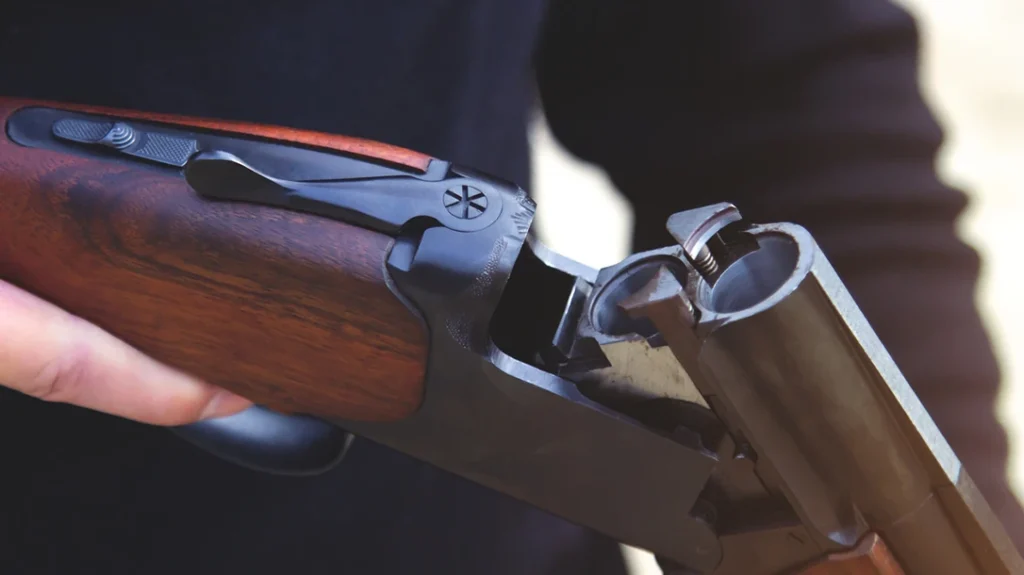
Maintenance
Cleaning a shotgun is an important task because it not only ensures your tool is looking good but makes sure your firearm is working at top performance. For many gun owners, they may prefer a tool that is easy to maintain and does not take hours to complete. Unlike semi auto shotguns, both break action and pump action shotguns are known for being easy to care for because they have fewer moving parts and components to clean and inspect.
Closing Remarks
Semi auto, pump action and break action are three shotgun types that each have their own set of advantages and disadvantages that are important to consider. By looking into how each type operates, their purpose, cost, recoil, ammunition capabilities and the amount of upkeep required to care for these tools, you can easily determine what shotgun is best suited to your needs.
Advertisement — Continue Reading Below
